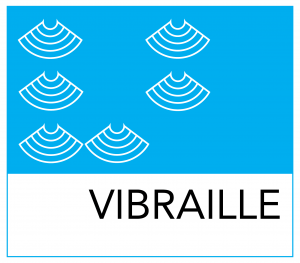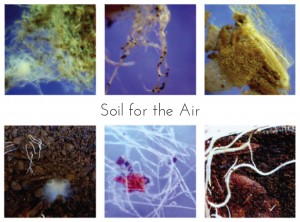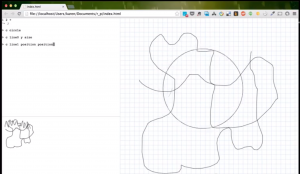Ziv Schneider, Aankit Patel
Educating the public about how global ocean currents impact climate and climate change.
http://ziv.bz/?p=1544
Description
Professor Dave Holland's lab, part of the Center for Atmosphere Ocean Science at NYU, is the site of a massive fluid dynamics simulator that he and his colleagues uses to study the effects of climate change on ocean water temperature among other things. The work is done as part of a network of scientists around the world studying different aspects of climate change and, given the increasing pace of climate change, is increasingly important to make transparent to the public. Luckily, Dr. Holland's lab is at street-level and surrounded by windows, making it one of the most accessible labs at NYU.
As ITP students we believe we have the range of skills to help bridge the gap between the science on the inside and the people passing by the windows wondering “What is going on there?”. Our foremost interest is to get passers-by to stop for 20-30 seconds (as they might in front a piece of art in a museum) and engage with the Dr. Holland's work.
We plan to build a simple interactive installation allowing users to understand the importance of ocean water temperature changes to climate science. Given how complex and opaque climate science is and must be, it is important to us to design an experience that builds fundamental blocks of understanding, complementing the science.
Classes
Math for Artists, The Nature of Code










